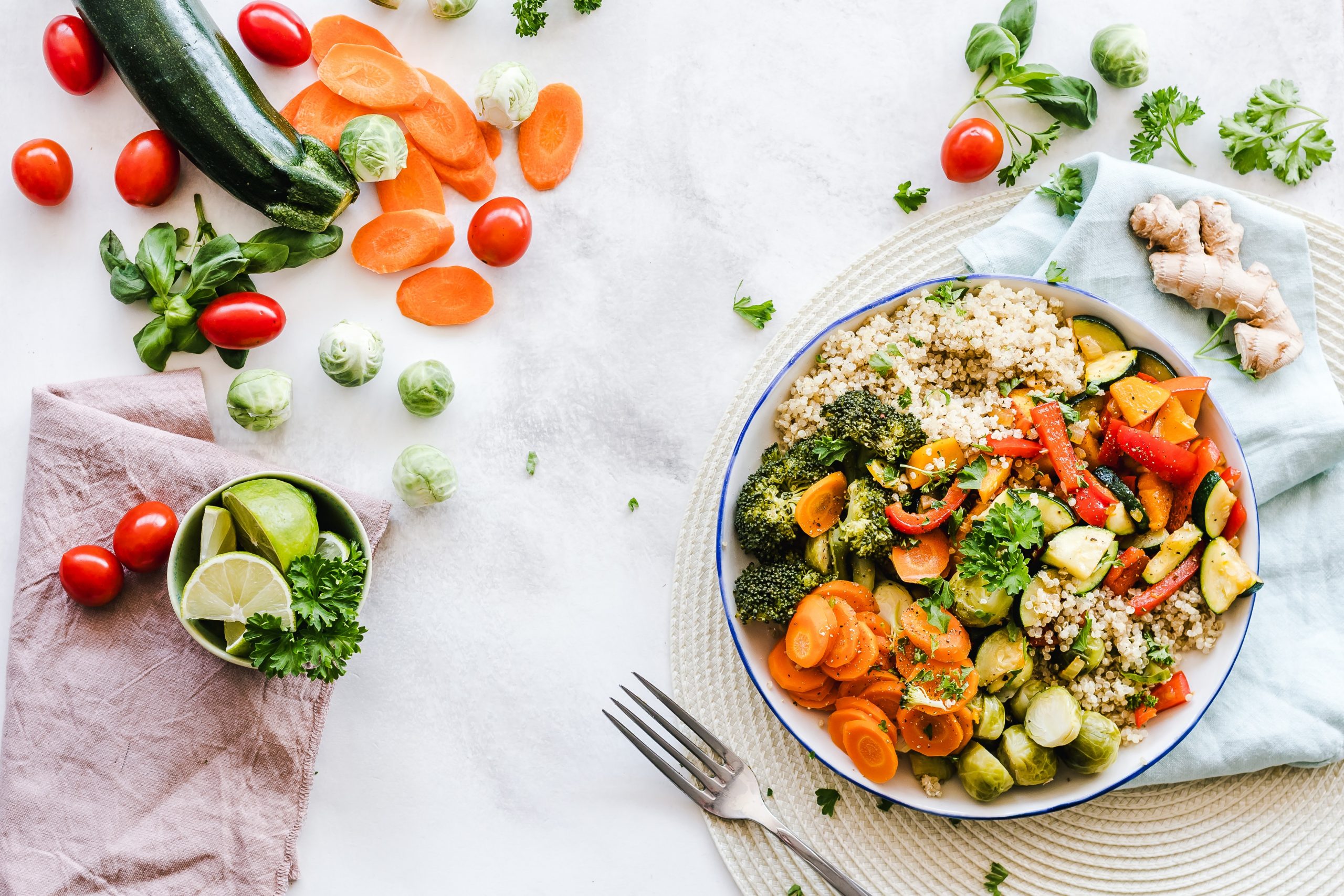One of the ways of making your home-cooking more sustainable includes making the most out of every part of your ingredients.
We’ve talked about how you can switch up products or make changes to your lifestyle in order to follow a more sustainable way of living, but did you know that your cooking habits can also affect your contribution to sustainability? From the food you buy to the way they’re cooked and stored, you can easily save energy, reduce your carbon footprint, manage your budget and reduce food waste.
It honestly doesn’t take much to make your home cooking routine more sustainable, and some of the tips we’ve provided don’t just benefit the environment – it’s also healthier, and in more ways than one, more delicious as well.
Use cheese rinds in cooking
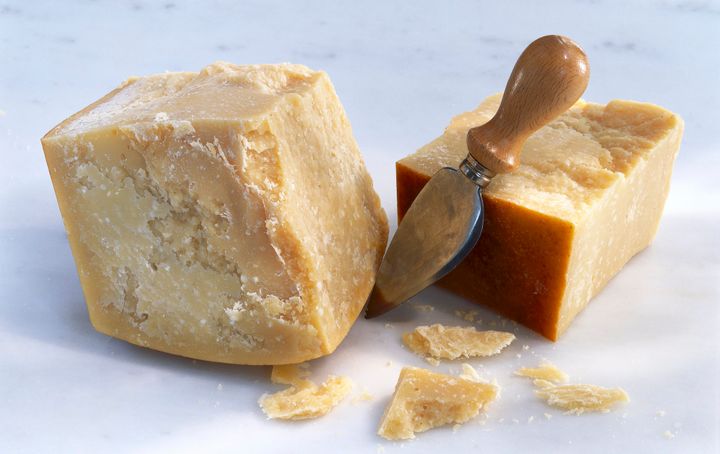
Just because you’re at the end of your hunk of your prized Parmigiano Reggiano doesn’t mean your delicious relationship there. The rinds from hard cheeses such as Grana Padano, Pecorino Romano and Parmesan can actually infuse any liquid with its natural earthy umami – elevating the overall flavour profile of your dish. Instead of tossing them, simple give them a quick wash with hot water before tossing it into your stock, soup, or sauce and allowing it to simmer. The rind will then soften and flavour the liquid – just remember to fish them out before serving, as these rinds on their own are quite tough to eat, or have a bitter taste. A crucial thing to note is that you can only use natural rinds – never eat the wax rinds that often coat Gouda cheeses or Manchego, these should always be discarded first. And yes, you can eat the bloomy rinds on Brie and Camembert.
Use the whole plant or animal
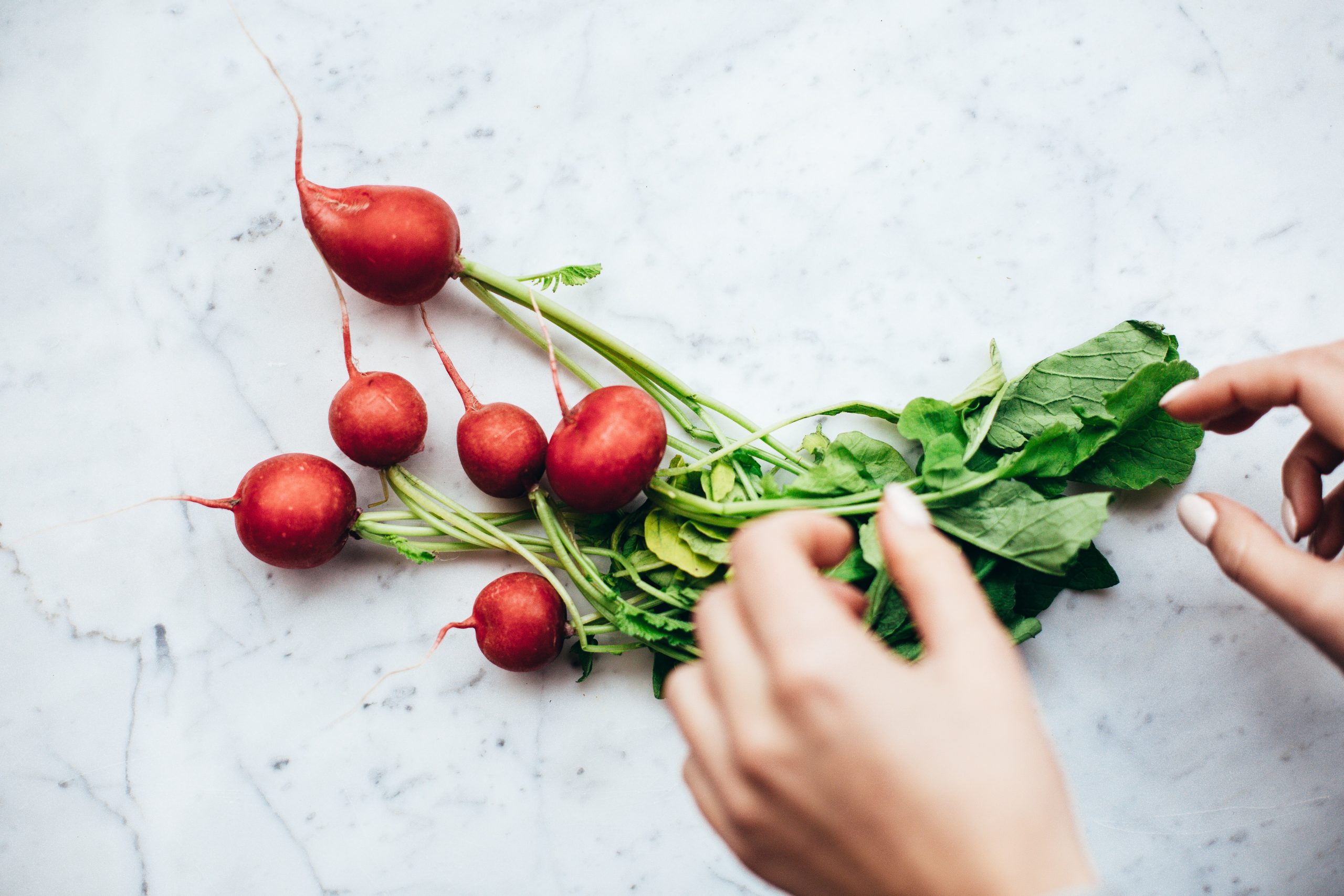
Did you know that the broccoli stalk is edible? You don’t need to just eat the florets. In fact, it’s completely possible to either eat or reuse the entire plant, whether in cooking or just DIYs in the house. If you have vegetable scraps lying around, turn them into a flavourful vegetable stock that you can use as a base for soups or to cook your risotto in. The same rule applies to fish bones, shells from shellfish, and meat bones. These are crucial carriers of flavour that can be turned into delicious glazes, scrumptious soups, or rich sauces for pasta.
Don’t ignore frozen fruits

Just because they’re not from the fresh produce aisle doesn’t mean they’re bad. Oftentimes frozen fruits such as mangoes and berries can be more nutritious than what you can find in the produce section because they’re picked and processed at their peak ripeness. They’re also less likely to go bad on your counter, meaning you’ll be able to reach out for fresh fruit that are still packed with nutrition and flavour whenever you want.
Bring your own grocery bags
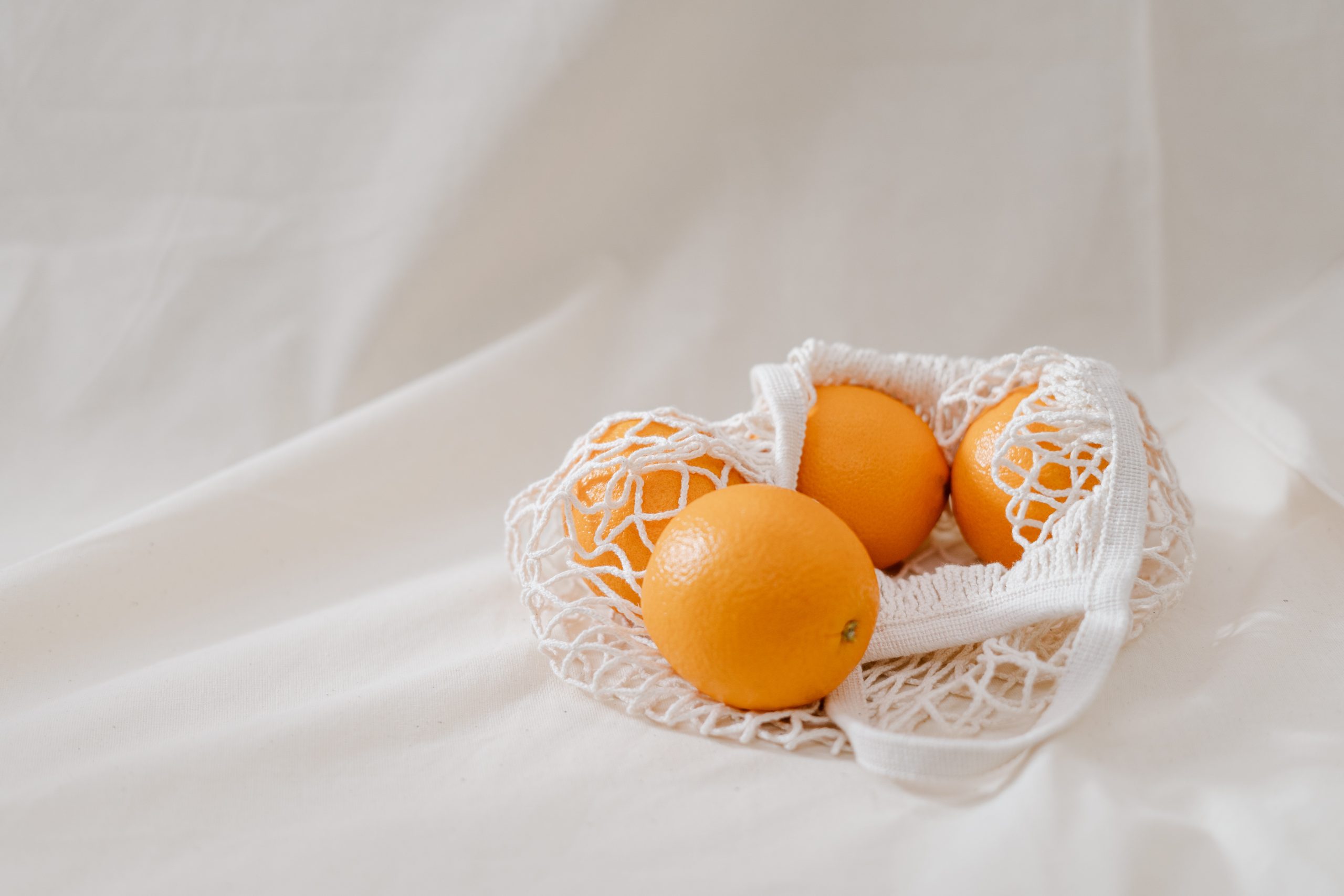
This is an obvious tip that you should already be practising. Even if you’re just going for a quick stock-up, always bring your own reusable grocery bags to help reduce the over 8 million tons of plastic that reach our oceans every year. Stash a few in your car’s glove compartment so that in case you ever forget to bring the ones from home, or you run into any last-minute grocery runs, you’ll always have one on hand.
Get creative with leftovers
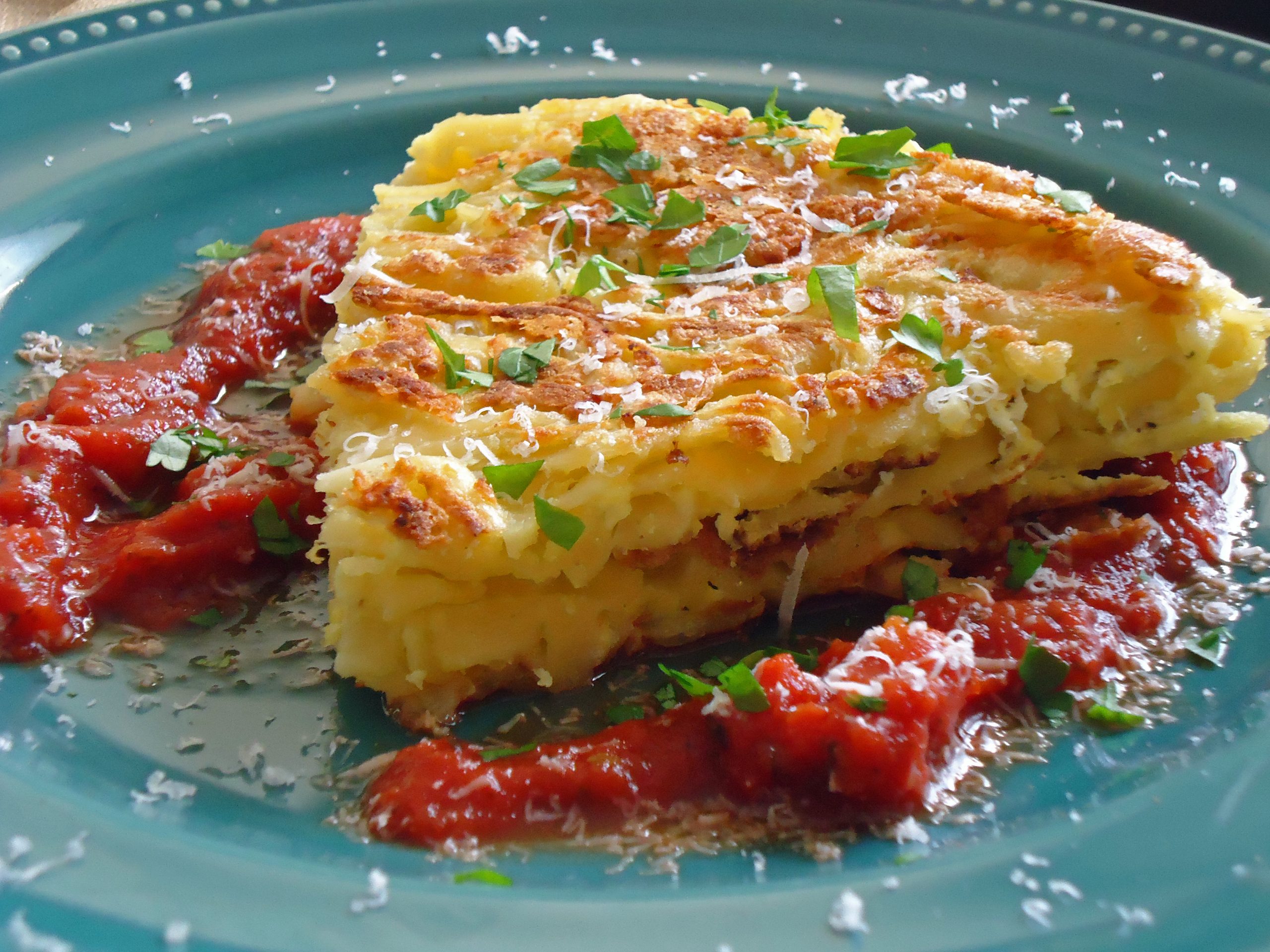
If you have stale bread, turn them into breadcrumbs for your next eggplant parmigiana. Whip up a quick apple crumble or applesauce with bruised, softened apples. Turn your leftover pasta into a frittata. There are a myriad of ways you can play up your leftover food instead of letting them go to waste. According to the Solid Waste Corporation, Malaysians contribute about 16,687.5 tonnes of food waste daily – that’s enough to feed 12 million people thrice a day. And if you can’t eat your leftovers such as discarded peels and coffee grounds – turn them into compost.
Cultivate a green thumb
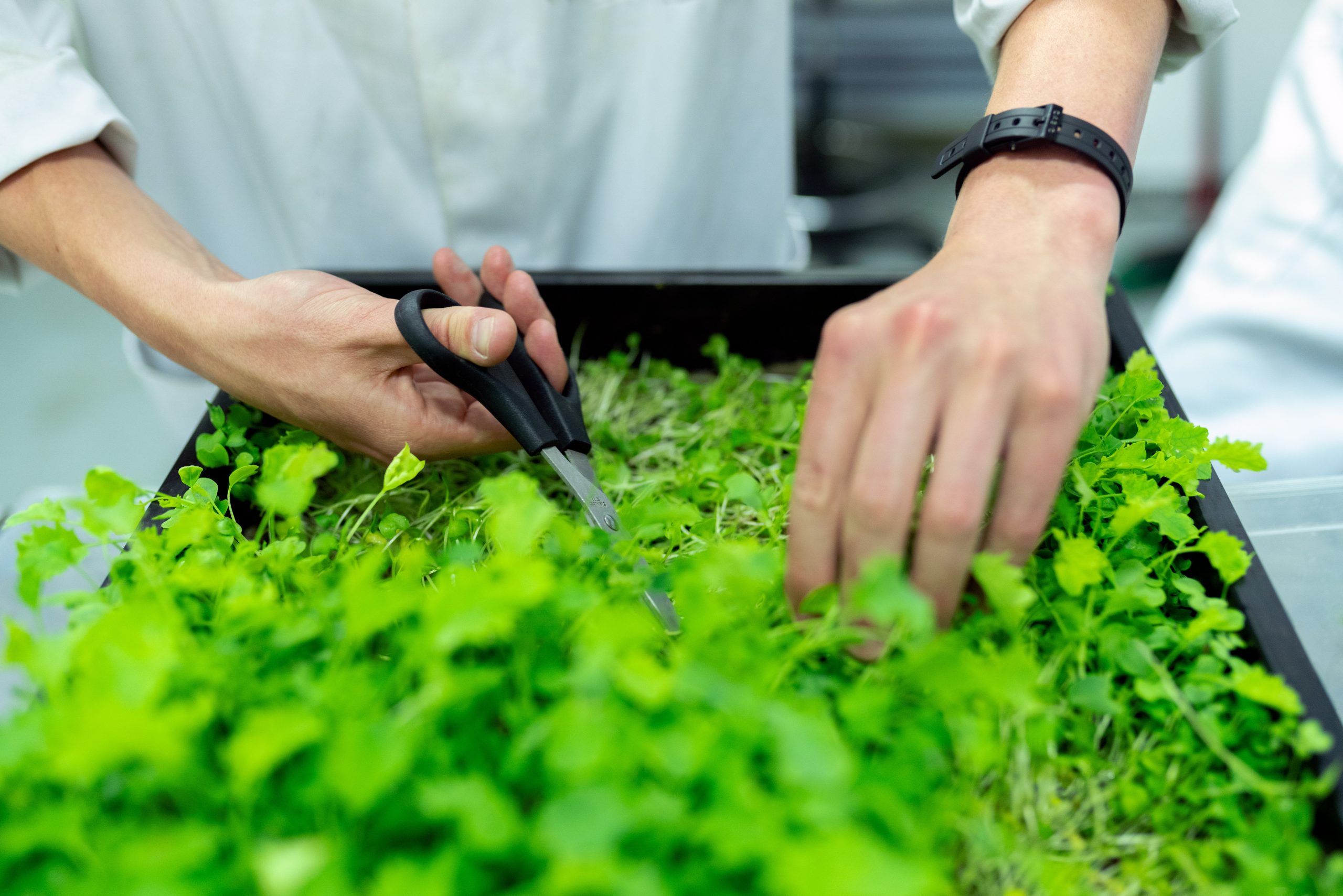
You can’t get any more sustainable than growing your own herbs and vegetables. Though tending to a large garden may be impossible for those living in apartments or simply don’t have the time. If that’s the case, you can always start either with pots on your patio (or near any window that has ample sunlight), and growing easy plants such as herbs, tomatoes, spring onions, or peppers. Herbs such as thyme, rosemary, parsley, or basil require basic care and snipping – and they’re one of the most important elements in cooking as they are crucial vessels of flavour. Plus points as it saves more money and you get a much fresher flavour profile compared to store-bought versions.




